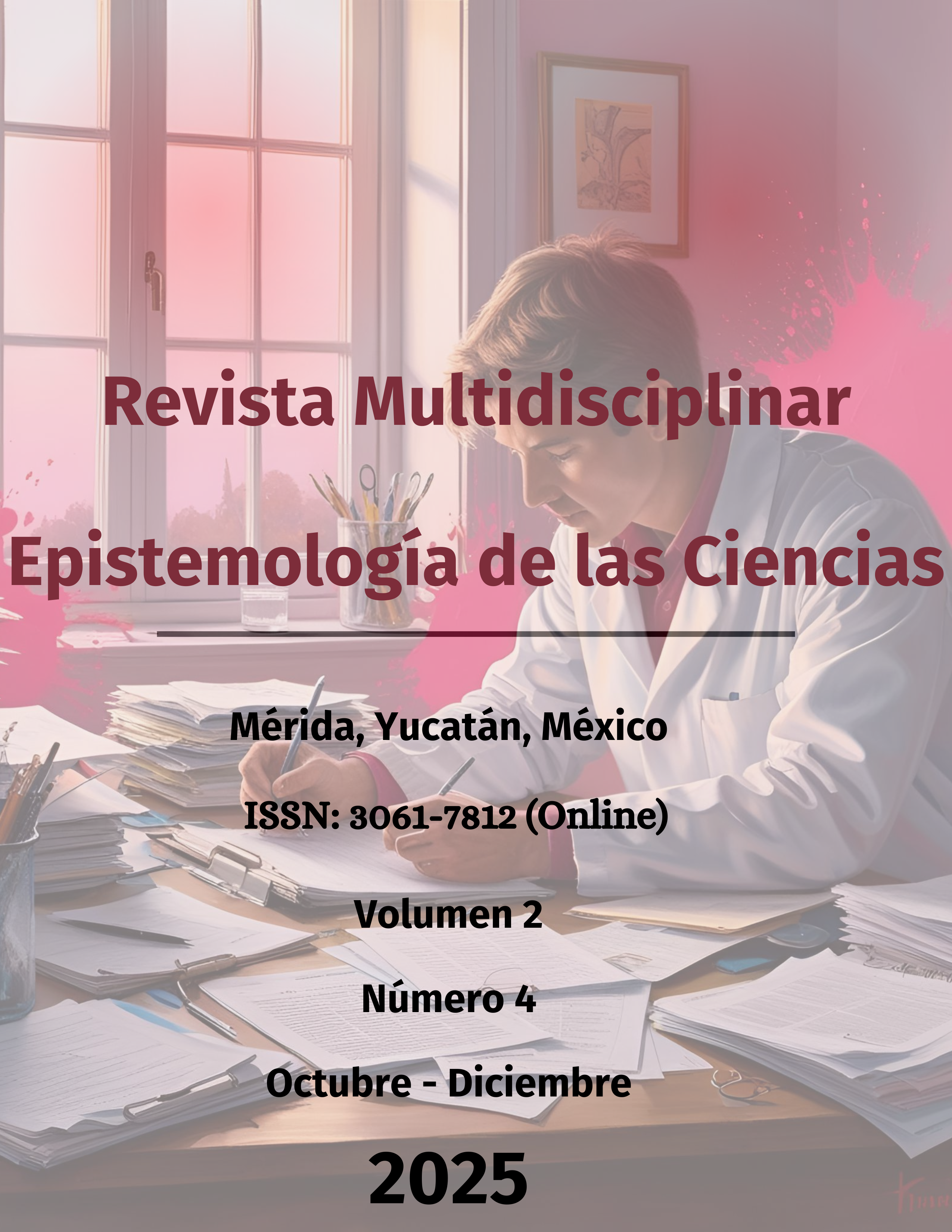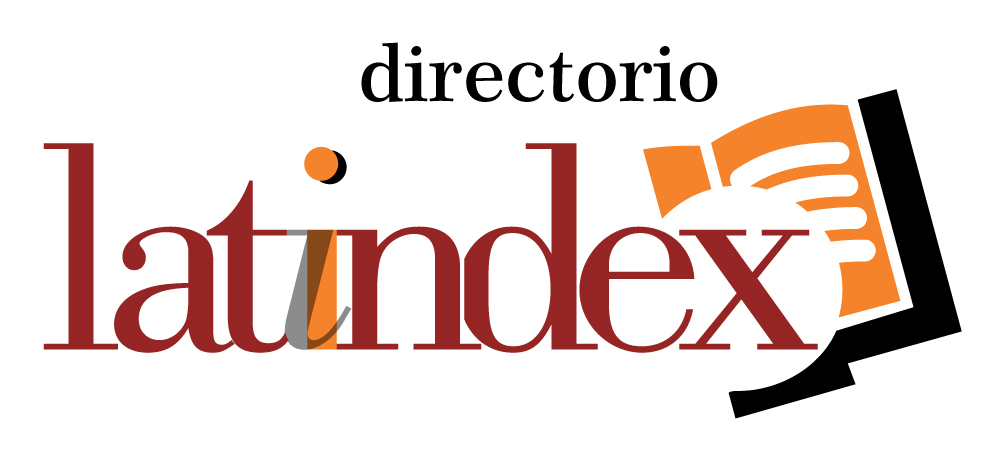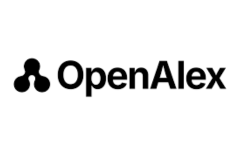Estrategias pedagógicas en la enseñanza de la matemática para la resolución de problemas en bachillerato
DOI:
https://doi.org/10.71112/0b3xsw58Palabras clave:
estrategias pedagógicas, aprendizaje activo, resolución de problemas, Matemática, BachilleratoResumen
El presente estudio analizó el impacto de las estrategias pedagógicas activas en el desarrollo de habilidades de resolución de problemas matemáticos en estudiantes de Bachillerato de instituciones fiscales de la provincia de El Oro, Ecuador. Se empleó un enfoque cuantitativo, descriptivo y correlacional, con un diseño no experimental y transversal, utilizando encuestas a docentes y estudiantes, pruebas de desempeño matemático y listas de observación en aula para la recolección de datos. Los resultados demostraron que el uso sistemático de estrategias activas, como el aprendizaje basado en problemas, el trabajo cooperativo y la integración de herramientas tecnológicas, está asociado positivamente con el rendimiento en la resolución de problemas y con actitudes más favorables hacia la Matemática. El estudio destaca que las metodologías centradas en el estudiante fomentan la participación, motivación y aprendizaje profundo, además de contribuir a ambientes inclusivos y colaborativos en el aula. Se concluye que la capacitación docente en metodologías activas y el uso de tecnologías educativas es clave para mejorar los aprendizajes matemáticos y reducir brechas de rendimiento en contextos educativos diversos.
Descargas
Referencias
AERA. (2011). AERA code of ethics. Educational Researcher, 40(3), 145–156. https://doi.org/10.3102/0013189X11410403 DOI: https://doi.org/10.3102/0013189X11410403
Aparı, B., Özgen, K., & Zengin, Y. (2022). Developing students’ problem-posing skills with dynamic geometry software and an active learning framework. Turkish Journal of Education, 11(2), 93–125. https://doi.org/10.19128/turje.880173 DOI: https://doi.org/10.19128/turje.880173
Appelbaum, M., Cooper, H., Kline, R. B., Mayo-Wilson, E., Nezu, A. M., & Rao, S. M. (2018). Journal article reporting standards for quantitative research in psychology: The APA Publications and Communications Board Task Force Report. American Psychologist, 73(1), 3–25. https://doi.org/10.1037/amp0000191 DOI: https://doi.org/10.1037/amp0000191
Ayala, J. L. R. (2024). Método heurístico de Pólya como estrategia pedagógica para la resolución de problemas matemáticos. Revista Científica Arbitrada “Estudios y Perspectivas”, 4(4), 789. https://doi.org/10.61384/r.c.a..v4i4.789 DOI: https://doi.org/10.61384/r.c.a..v4i4.789
Beal, C. R., & Cohen, P. R. (2012). Teach ourselves: Technology to support problem posing in the STEM classroom. Creative Education, 3(4), 513–519. https://doi.org/10.4236/ce.2012.34078 DOI: https://doi.org/10.4236/ce.2012.34078
Boone, H. N., & Boone, D. A. (2012). Analyzing Likert data. Journal of Extension, 50(2), 1–5. Recuperado de https://tigerprints.clemson.edu/joe/vol50/iss2/2/ DOI: https://doi.org/10.34068/joe.50.02.48
Chacón-Castro, M., Buele, J., López-Rueda, A. D., & Jadán-Guerrero, J. (2023). Pólya’s methodology for strengthening problem-solving skills in differential equations: A case study in Colombia. Computers, 12(11), 239. https://doi.org/10.3390/computers12110239 DOI: https://doi.org/10.3390/computers12110239
Cohen, L., Manion, L., & Morrison, K. (2018). Research methods in education (8th ed.). Routledge. https://doi.org/10.4324/9781315456539 DOI: https://doi.org/10.4324/9781315456539
Creswell, J. W., & Creswell, J. D. (2018). Research design: Qualitative, quantitative, and mixed methods approaches (5th ed.). SAGE.
Ellis, T. J., & Levy, Y. (2018). Framework of problem-based research: A guide for novice researchers on the development of a research-worthy problem. International Journal of Doctoral Studies, 13, 1–20. https://doi.org/10.28945/3975 DOI: https://doi.org/10.28945/3975
Field, A. (2018). Discovering statistics using IBM SPSS statistics (5th ed.). SAGE.
Freeman, S., Eddy, S. L., McDonough, M., Smith, M. K., Okoroafor, N., Jordt, H., & Wenderoth, M. P. (2014). Active learning increases student performance in science, engineering, and mathematics. Proceedings of the National Academy of Sciences, 111(23), 8410–8415. https://doi.org/10.1073/pnas.1319030111 DOI: https://doi.org/10.1073/pnas.1319030111
Gillies, R. M. (2016). Cooperative learning: Review of research and practice. International Journal of Educational Research, 76, 53–68. https://doi.org/10.1016/j.ijer.2016.06.006 DOI: https://doi.org/10.1016/j.ijer.2015.02.009
Hair, J. F., Black, W. C., Babin, B. J., & Anderson, R. E. (2019). Multivariate data analysis (8th ed.). Cengage Learning.
Hattie, J. (2012). Visible learning for teachers: Maximizing impact on learning. Routledge. https://doi.org/10.4324/9780203181522 DOI: https://doi.org/10.4324/9780203181522
Hernández-Martínez, M. (2025). ICT for the development of mathematical competencies in secondary education: A literature review. Cogent Education, 12(1), 2511038. https://doi.org/10.1080/2331186X.2025.2511038 DOI: https://doi.org/10.1080/2331186X.2025.2511038
Ministerio de Educación del Ecuador. (2023). Currículo de Matemática para Bachillerato General Unificado. Recuperado de https://educacion.gob.ec
OCDE. (2019). PISA 2018 results (Volume I): What students know and can do. OECD Publishing. https://doi.org/10.1787/5f07c754-en DOI: https://doi.org/10.1787/5f07c754-en
Open Science Collaboration. (2015). Estimating the reproducibility of psychological science. Science, 349(6251), aac4716. https://doi.org/10.1126/science.aac4716 DOI: https://doi.org/10.1126/science.aac4716
Peralta, K. A. R. (2025). Estrategias didácticas para el proceso de enseñanza en matemáticas. Revista Redalyc. Recuperado de https://www.redalyc.org/articulo.oa?id=564679989009
Project-based learning and its impact on the mathematical knowledge of 1st year high school students in schools in Southern Ecuador. (2025). ResearchGate. Recuperado de https://www.researchgate.net/publication/380217520_Project_Based_Learning_and_its_Impact_on_the_Mathematical_Knowledge_of_1st_Year_High_School_Students_in_Schools_in_Southern_Ecuador
Rodríguez-Calle, M., & Jiménez-Contreras, J. (2025). Inverted classroom strategy applied to students of higher basic general education with learning difficulties in mathematics considering the use of information and communication technologies. En Systems, Smart Technologies, and Innovation for Society (CITIS 2024) (pp. 59–72). Springer. https://doi.org/10.1007/978-3-031-87065-1_6 DOI: https://doi.org/10.1007/978-3-031-87065-1_6
Roseth, C. J., Johnson, D. W., & Johnson, R. T. (2008). Promoting early adolescents’ achievement and peer relationships: The effects of cooperative, competitive, and individualistic goal structures. Psychological Bulletin, 134(2), 223–246. https://doi.org/10.1037/0033-2909.134.2.223 DOI: https://doi.org/10.1037/0033-2909.134.2.223
Sedgwick, P. (2014). Cross sectional studies: Advantages and disadvantages. BMJ, 348, g2276. https://doi.org/10.1136/bmj.g2276 DOI: https://doi.org/10.1136/bmj.g2276
Tavakol, M., & Dennick, R. (2011). Making sense of Cronbach’s alpha. International Journal of Medical Education, 2, 53–55. https://doi.org/10.5116/ijme.4dfb.8dfd DOI: https://doi.org/10.5116/ijme.4dfb.8dfd
Theobald, E. J., Hill, M. J., Tran, E., Agrawal, S., Arroyo, E. N., Behling, S., … Freeman, S. (2020). Active learning narrows achievement gaps for underrepresented students in undergraduate STEM. Proceedings of the National Academy of Sciences, 117(12), 6476–6483. https://doi.org/10.1073/pnas.1916903117 DOI: https://doi.org/10.1073/pnas.1916903117
Van de Pol, J., Volman, M., & Beishuizen, J. (2010). Scaffolding in teacher–student interaction: A decade of research. Educational Research Review, 5(3), 271–296. https://doi.org/10.1016/j.edurev.2009.11.001 DOI: https://doi.org/10.1007/s10648-010-9127-6
Williamson, B., & Piattoeva, N. (2019). Objectivity as standardization in data-scientific education policy, technology and governance. Learning, Media and Technology, 44(1), 64–76. https://doi.org/10.1080/17439884.2018.1556215 DOI: https://doi.org/10.1080/17439884.2018.1556215
Publicado
Número
Sección
Licencia
Derechos de autor 2025 Revista Multidisciplinar Epistemología de las Ciencias

Esta obra está bajo una licencia internacional Creative Commons Atribución 4.0.











